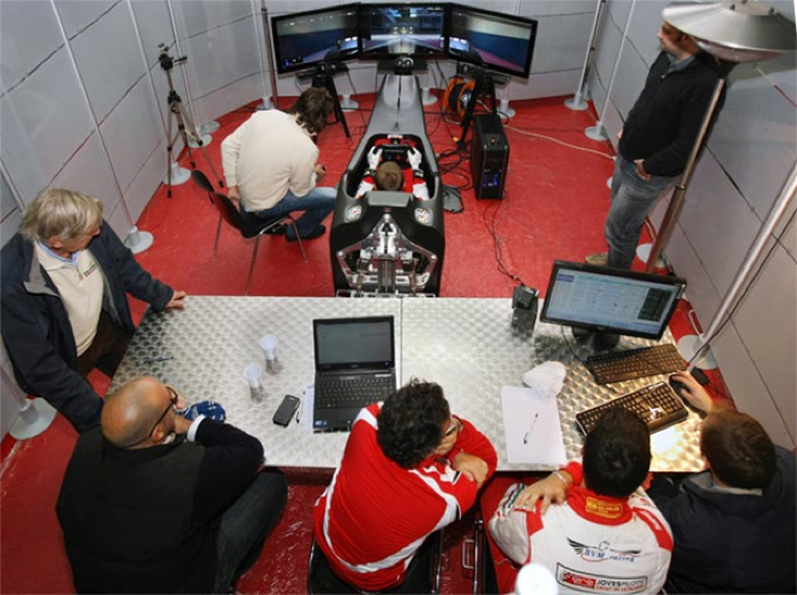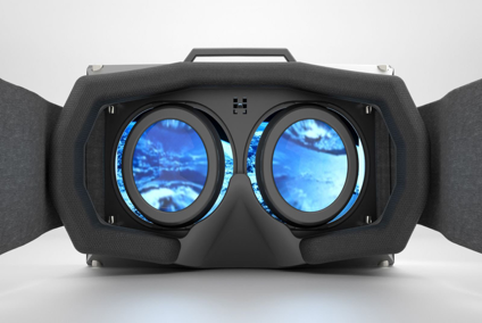The possibilities for the future of technology are endless, as it has become more sophisticated and advanced over the years. Technology is always pushing the boundaries of what is possible in games, but can it transfer into real life applications?
VR (Virtual Reality) is becoming a mainstream phenomenon as it provides visceral experiences allowing individuals to immerse themselves into real and fictional worlds (Cline, 2005). As VR is becoming more understood, it is delving into improving medical procedures, professional sports, historical re-enactments, educational aids and training.
VR is used regularly for training with research showing that it is very useful in sports as it can help train and modify behaviour. Thus potentially providing exact responses towards a sporting situation (Kulpa et al, 2016). For example, F1 drivers have used VR to learn the layout of the track they are due to compete in (see Figure 1). In addition, pilots use flight simulators for training to learn the essential skills required in a safe environment. Thus, it is critical that this VR training is representative of a real life situation (Rose et al, 2000).

(Figure 1.)
As new technology is introduced, simulation environments are becoming more popular. The igloo vision system is an example of this modern technology and has already began influencing the future of technology as it’s availability becomes more widespread. The use of VR systems can change the way people view and live their everyday lives (Dredge, 2016). Furthermore, the use of large immersive VR screens allows an increasingly social experience and provides a more interesting future with useful practical applications.
Bibliography
Cline, M.S., 2005. Power, madness, and immortality: The future of virtual reality. Mychilo Cline.
Dredge, S., 2016. Three really real questions about the future of virtual reality. https://www.theguardian.com/technology/2016/jan/07/virtual-reality-future-oculus-rift-vr. The Guardian. [Accessed: 18th March 2017]
Rose, F.D., Attree, E.A., Brooks, B.M., Parslow, D.M. and Penn, P.R., 2000. Training in virtual environments: transfer to real world tasks and equivalence to real task training. Ergonomics, 43(4), pp.494-511.
Kulpa, R., Multon, F. and Argelaguet, F., 2016, May. VIRTUAL REALITY & SPORT. In ISBS-Conference Proceedings Archive (Vol. 33, No. 1).



Add Comment